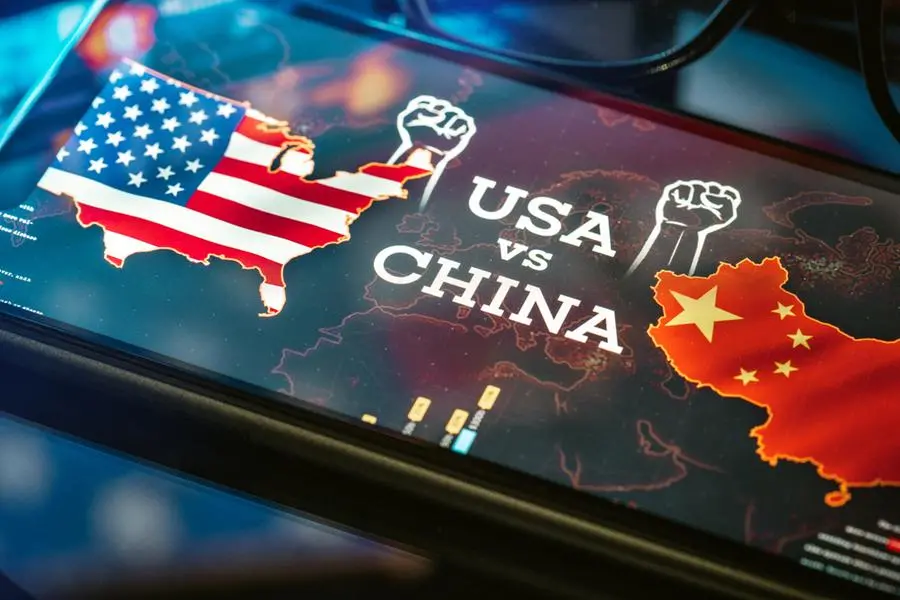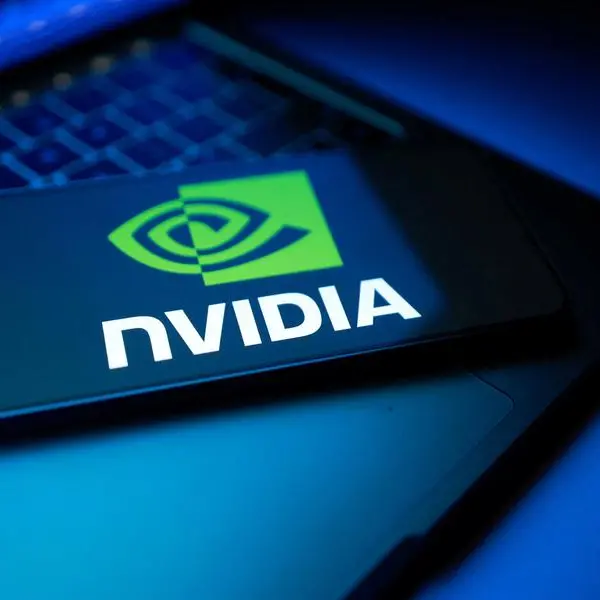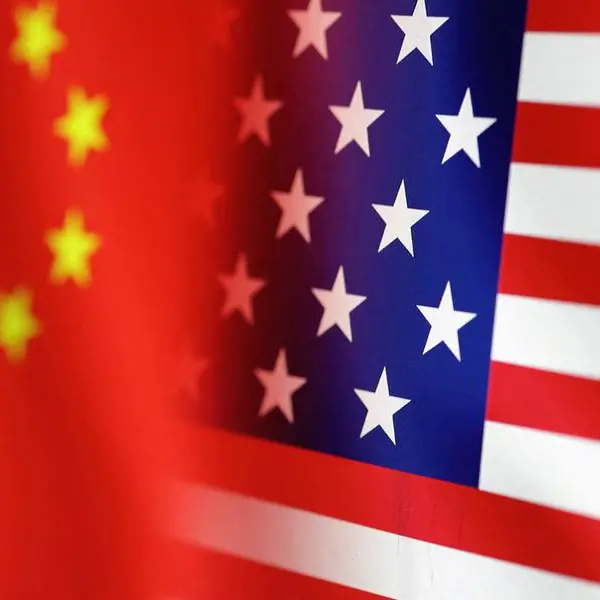PHOTO
The Chinese military strategist Sun Tzu's treatise Art of War centered on the concept of winning without direct fighting. Among its basic principles was knowing when to fight and when not to fight, and to lull the enemy into complacency. "If your opponent is in superior strength, evade him. If he is temperamental, seek to irritate him. Pretend to be weak, that he may grow arrogant. If he is taking his ease, give him no rest. If sovereign and subject are in accord, put division between them. Attack him where he is unprepared, appear where you are not expected," he wrote.
In many ways, Beijing has gone by the book in its approach to America, the two sides now implicitly recognizing each other as rivals for global influence in the 21st century. Lulled into a consumptive stupor for nearly half a century after it dragged China out of abject poverty and misery, Washington -- rather more direct in its approach to war -- is now trying to get its head around a resurgent China's strategies. Last week's balloon fiasco offered plenty of lessons in this regard.
US strategists are still trying to figure out why the Chinese used a balloon, ostensibly for spying, when it has far more sophisticated satellites at its disposal for the purpose. The answer, even assuming the Chinese are being truthful about the blimp being a weather balloon that went astray, lies in the principles enunciated in Art of War: Be extremely subtle, even to the point of formlessness. Be extremely mysterious, even to the point of soundlessness. Thereby you can be the director of the opponent's fate.
As it turns out, this is not the first Chinese weather balloon to have gone "astray." Beijing has been pushing this envelope -- or floating these trial balloons -- for quite some time, going back at least five years. Possibly to no surprise, it has found a foe totally oblivious to the incursions. To think that a country that suffered a monumental attack on its mainland on 9/11 was still asleep on the wheel as blimp after blimp breached its borders should fill Beijing with boundless satisfaction.
Then of course there was the response when the balloon was spotted and called out – not by the $800 billion US defense and intelligence establishment, but by commercial airline pilots. It was alarmist, hysterical and disproportionately panicky -- everything that old Sun Tzu might have anticipated. The deployment of an F-22 armed with a Sidewinder missile to bring it down, the self-congratulatory histrionics on shooting down of a balloon (which did not shoot back) that became a late- night joke and a meme, and the general air of confusion were all outcomes that must have left China satisfied that Art of War principles are timeless. Most unnerving for Americans was the partisan bickering that erupted over which party has been more lax in its approach to China. The short answer is both.
While the balloon was shot to pieces, China-US ties will likely survive this despite Washington going ballistic, in keeping with yet another Sun Tzu principle. "Keep your friends close, and your enemies closer," engaging them with what they expect so that "it settles them into predictable patterns of response, occupying their minds while you wait for the extraordinary moment — that which they cannot anticipate." So even as the balloon was being downed over the Atlantic coast amid much chest-thumping, Beijing calmly opened its doors to the latest Disney Marvel movie, allowing its citizens to feast on the Black Panther sequel, “Wakanda Forever,” and the new “Ant-Man.” While the Chinese cannot get enough of American entertainment, Hollywood cannot get enough of Chinese lolly. Disney's “Avatar: The Way of Water,” raked in $215 million from China alone, underscoring its status as one of the biggest markets in the world.
All this is in tune with the record $690 billion in bilateral trade the two countries set for 2022 amid talks of tariffs, trade war, and now a shooting match - at least from the American side. The Chinese on their part will bide their time, knowing that for now, the two sides are locked in MAD (Mutually Assured Destruction) on the economic front. China thrives on American consumption that no tariff is going to tame; the trade imbalance is a staggering $539 billion- $ 153 billion in China's favor.
The US meanwhile feasts on $31 trillion debt (some 12 percent of it owned by China), printing its way to a pinnacle premised on lasting American greatness. That primacy is based on ideals and values that are eroding fast in America and need to be arrested, failing which the American party – and primacy – will end. Those are the balloons Washington really needs to be worried about.
- The writer is a senior journalist based in Washington
Copyright © 2022 Khaleej Times. All Rights Reserved. Provided by SyndiGate Media Inc. (Syndigate.info).





















